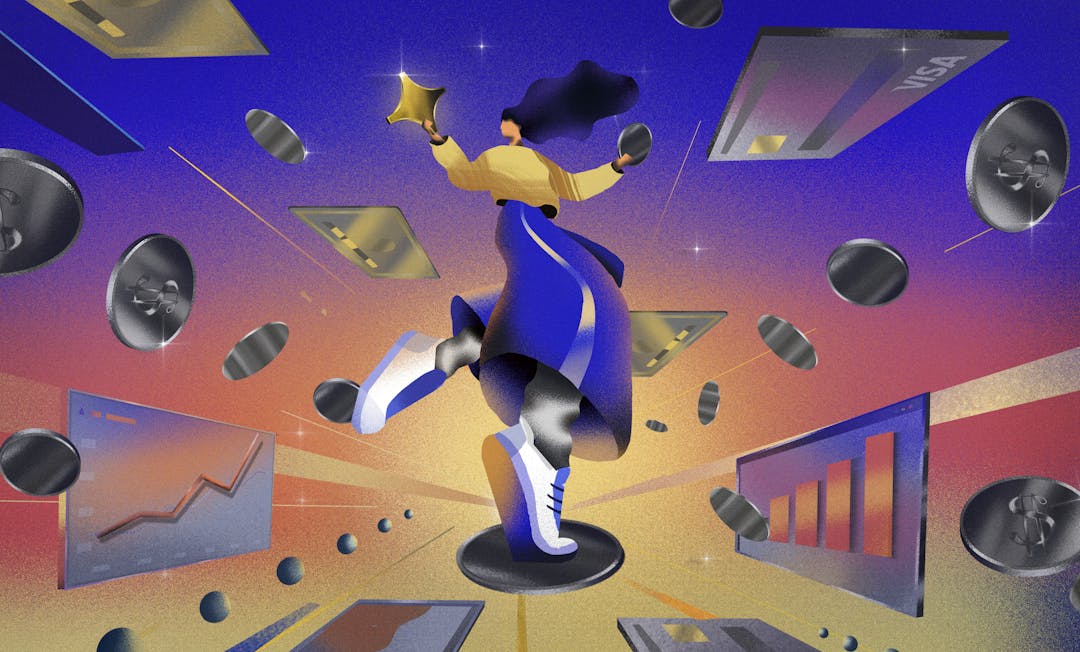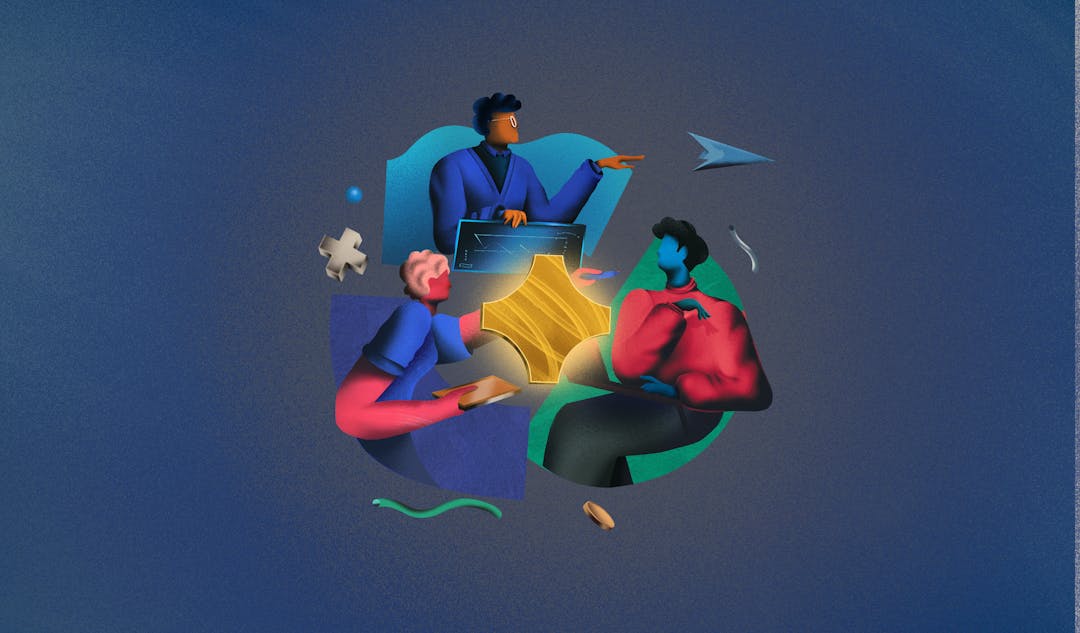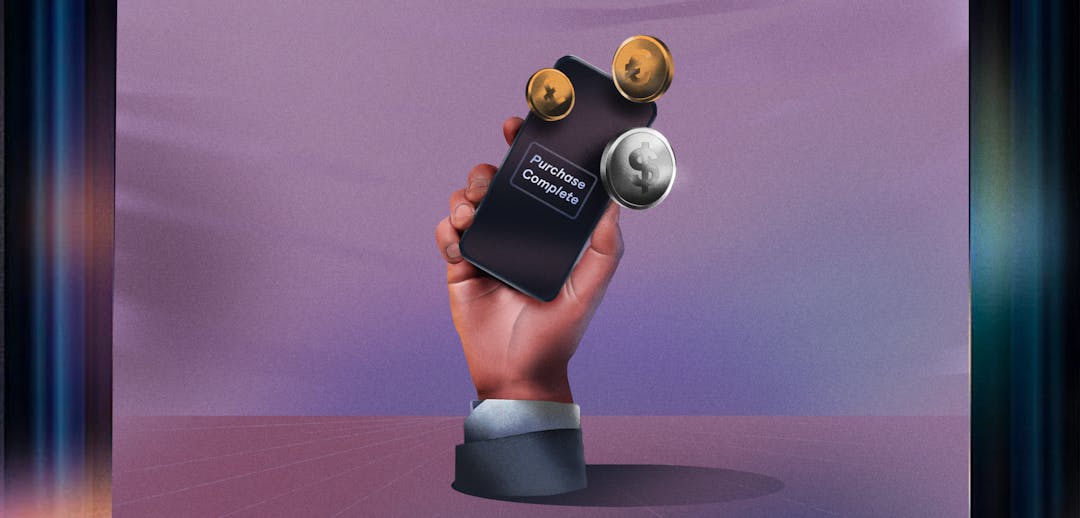Creating content that sticks out can be a challenge. CEO of Wistia, Chris Savage, discusses how building your brand, the right way, can make a difference.
It seems as though everyone is talking about marketing, creating more content, and building a strong brand. As Chris Savage, Co-founder and CEO of Wistia, expressed at Recur 2019, brand marketing feels incredibly important yet nebulous. “Brand marketing” is a term thrown around all the time yet most people are left wondering what it is and how it’s done.
Currently, content is more crowded than ever before. There are 30 blog posts published every single second; this volume of content across all platforms means that yours needs to stand out.
Chris says a great brand is a differentiator. Having a great brand means building affinity, which can be done with the latest marketing form: videos.
What is brand marketing?
A brand is a compilation of experiences; it’s every single interaction someone has with your company. Furthermore, marketing drives brand building. When people think of brand marketing, a few common thoughts come to mind—billboards, Super Bowl ads, Instagram brand advertising, etc. Chris mentioned that in 2019, $666 billion was spent on advertising.
So, while brand marketing is important, the best companies are focusing more on building brand affinity.
What is brand affinity?
Brand affinity refers to a belief held by customers that a company aligns with their own values and philosophy. Building brand affinity by creating an emotional connection with customers through marketing is a powerful way to create brand loyalty and build lasting customer relationships.
How to build brand affinity
Netflix, Patagonia, Peloton, RedBull, and MailChimp—these are the best companies building affinity, according to Chris.
Brand awareness is who knows you, and brand equity is the value of your brand, but brand affinity is who cares about you. Brand affinity is next-level because it’s an audience of people who know your brand, they know your values, and can relate. Brand affinity is important because you are building brand advocates among your target audience. The stronger the brand, the more brand advocates you have.
Conversations among customers are changing and entering realms that marketers cannot access. Brand advocates can take you there.
What are some ways top companies are finding more brand advocates? Patagonia, for example, has invested in original shows and documentaries about climate change. Netflix—it began as a DVD service, but has also invested billions in Netflix originals that have been nominated for awards. Peloton doesn’t only sell an exercise bike, but also access to on-demand work-out classes. The common thread here? Original series.
Chris goes more in depth with how MailChimp, an email marketing company, is dominating the video marketing space. MailChimp had an ad in the podcast Serial. The ad portrayed people of different languages trying to pronounce “MailChimp.” It quickly took off and became a cultural phenomenon, even finding its way into Saturday Night Live skits. Fast forward to just recently, and MailChimp took 100% of its brand advertising budget and spent it on creating original series rather than ads. The content created covers topics hardly related to email marketing (MailChimp’s purpose).
The trend is no longer having an ad that people skip over; it’s creating the content people want to see or hear, that can eventually reach them through other venues like social media, television, or word-of-mouth. Moving from traditional ads to video marketing is a drastic change. So, why is everyone doing it now?
Brand affinity: the future of marketing?
Consumer expectations and habits have grown dramatically over the past 10 years. Consumers care about the brand they buy from and expect authenticity. Ads are no longer trusted. People want to be entertained as they learn. Consumers expect engaging content on every subject imaginable, even the tiniest of niches. This has changed brand marketing: brand affinity now must be a critical part of your marketing strategy.
The future of marketing relies on affinity. Chris makes it clear that brand affinity marketing is not a growth hack. He says investing in building a strong brand takes time. It doesn’t happen in a day, a week, or even a month.
Affinity relies on relationships and relationships take time.”
Chris says marketing is where you can invest in scaling affinity.
Scaling brand affinity with long-form and binge-worthy content
Scaling affinity means focusing your marketing efforts on building long-form and binge-worthy content such as shows, podcasts, films, and documentaries. Chris says since these types of content are naturally long-form, people can spend more time with them, also allowing you to target a much bigger audience. Creating binge-worthy content means that the content is good enough that people will watch on end, and it’s on target with what they care about. This all ultimately leads to a unique level of brand loyalty.
As we enter a content-driven world, Chris predicts every business will build a studio. The studio, representative of the media world, can be completed with a content marketing team.
A content marketing team includes:
- Videographers
- Writers
- Editors
- Designers
- Producers
As your company deepens its expertise in content marketing, Chris recommends marketing your content like a media company. For media companies, the content is the product and therefore they market the product. Market your shows, films, podcasts, and documentaries like a product.
One, Ten, One Hundred
Chris used Wistia’s Webby-award winning documentary, One, Ten, One Hundred as an example. In it, the Wistia team challenges a video production agency to make three ads with completely different budgets—$1,000, $10,000, and $100,000.
Chris says he knew the documentary would be focused on creative marketers. He says once One, Ten, One Hundred was out, though, it received tens of thousands of views within two months. People watched the first three minutes then decided to commit to the whole thing.
Chris says more time was spent with Wistia’s brand in two months than all other marketing activities in 2018, thanks to this documentary. He says that brand search and direct traffic increased, resulting in a growing customer base. Even though it came out in 2018, it’s still performing—proving the magic of evergreen content.
Final thoughts on brand affinity
Brand affinity marketing is when people have affinity for your brand. They have a deep understanding of your values. They relate to those values and become a brand advocate no matter where in the funnel they are.
As content continues to reign, building brand affinity requires creating bingeable content and marketing it like a media company. Chris says when you do these two things, you change how you interact with your audience, and the interactions with your brand.




